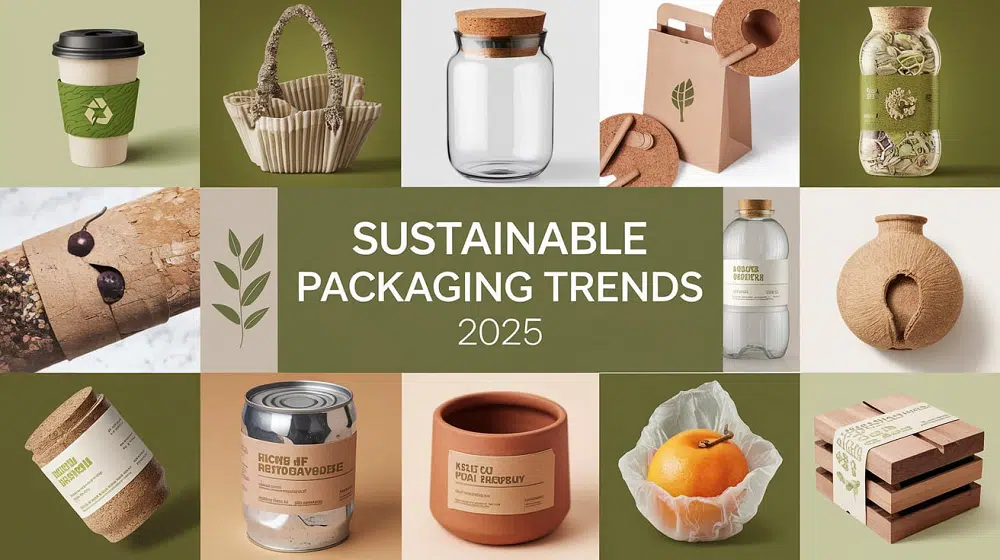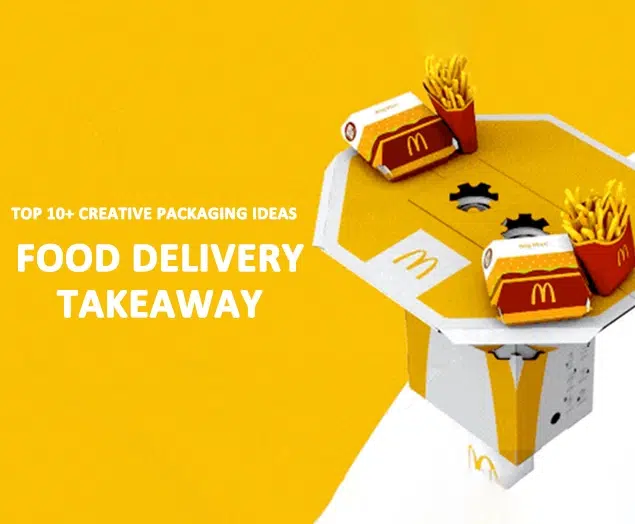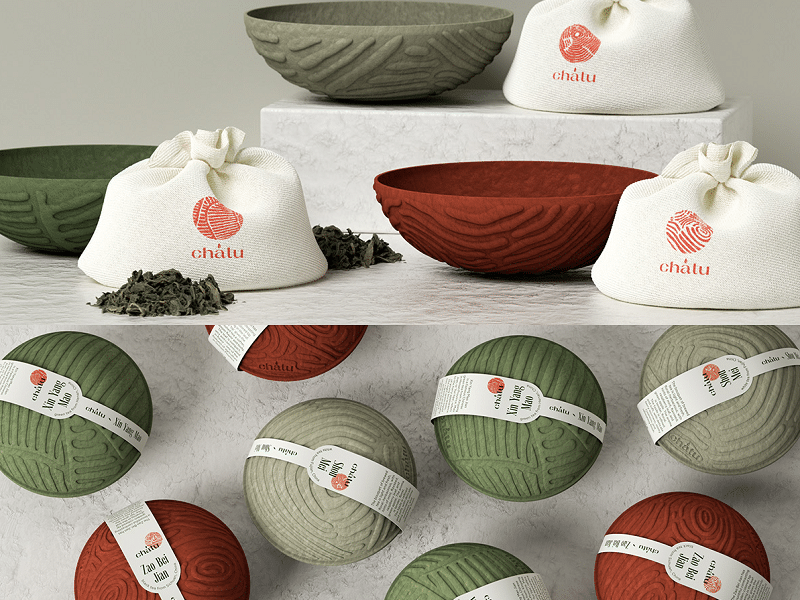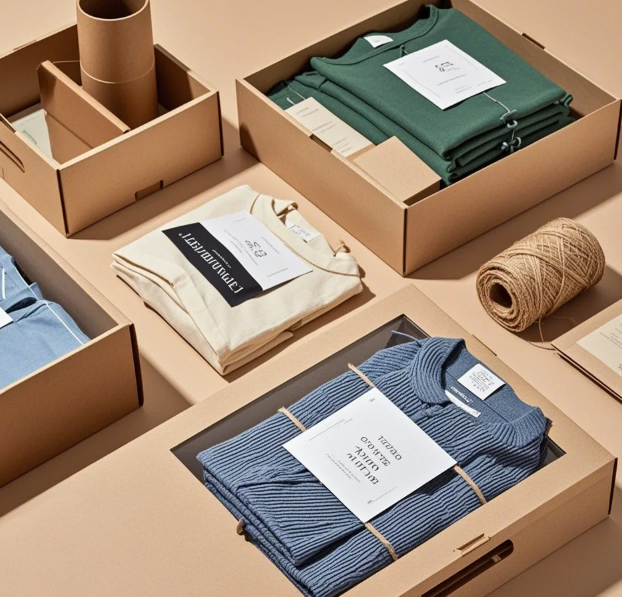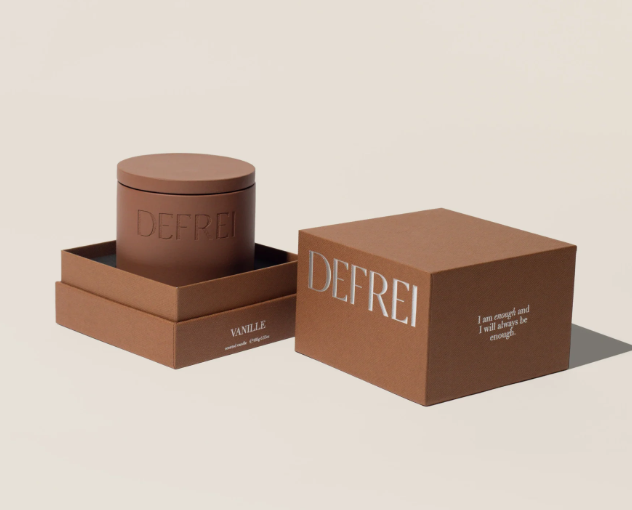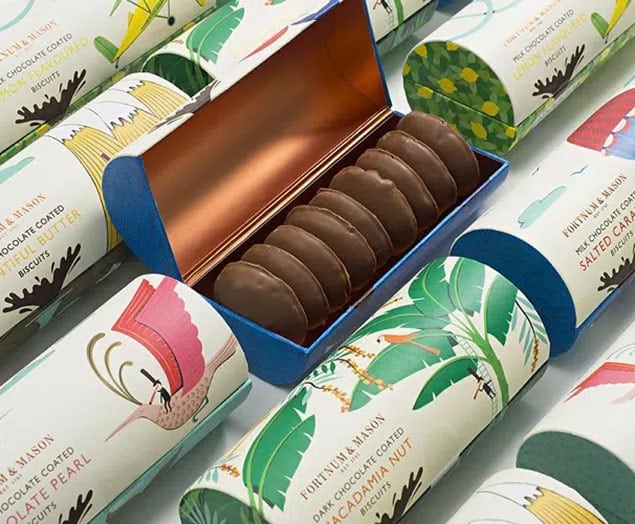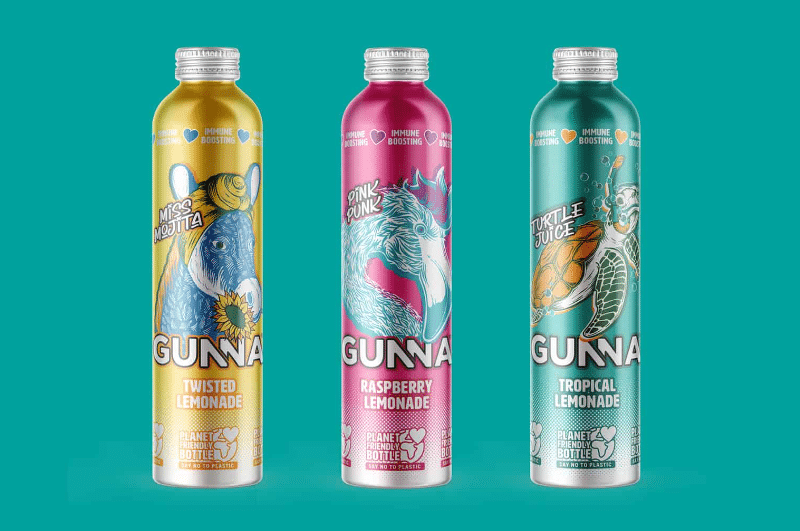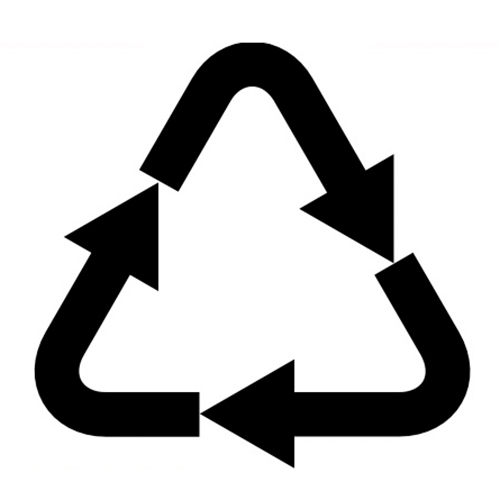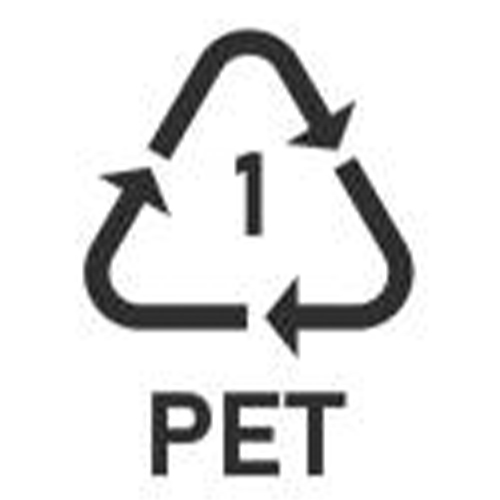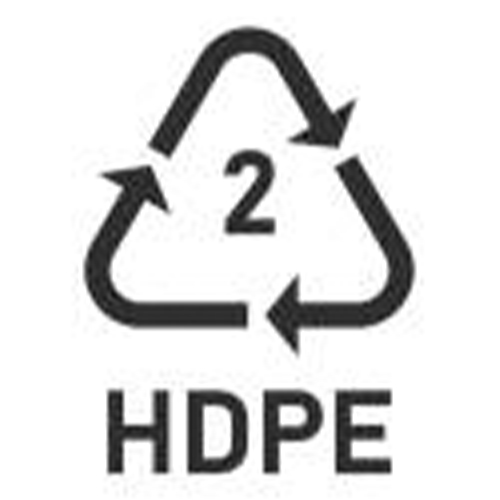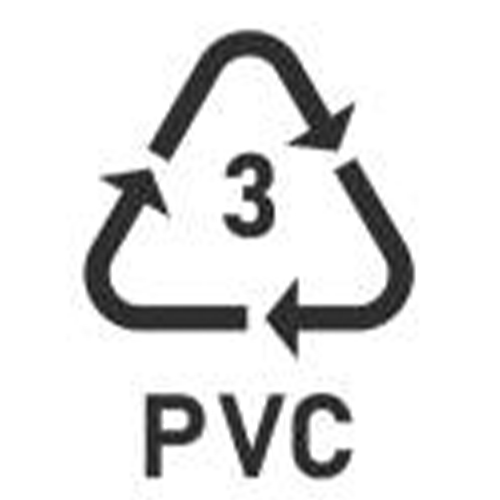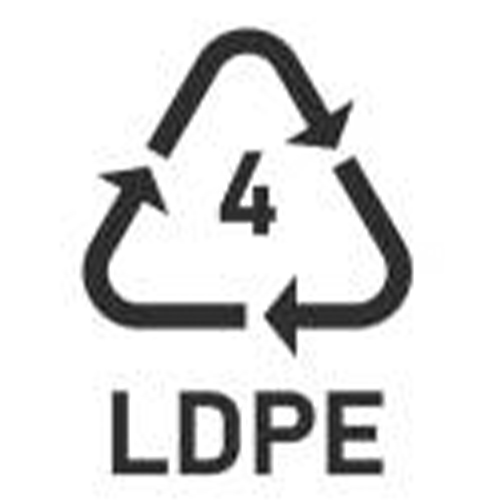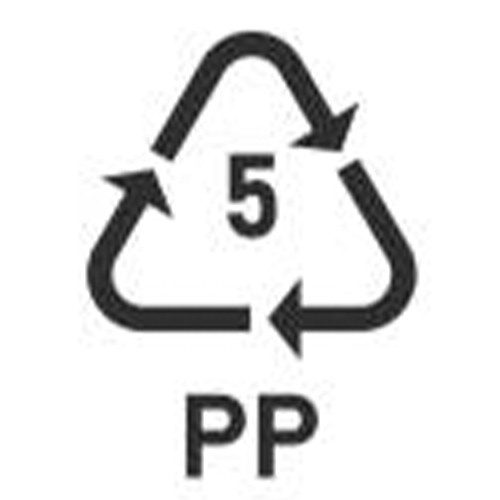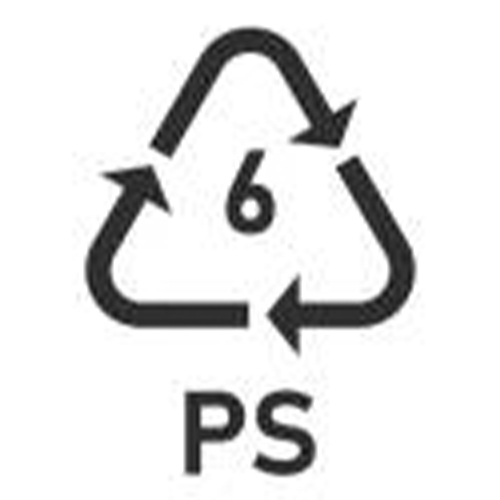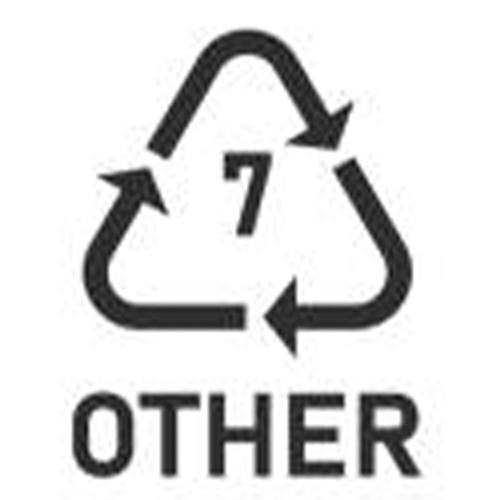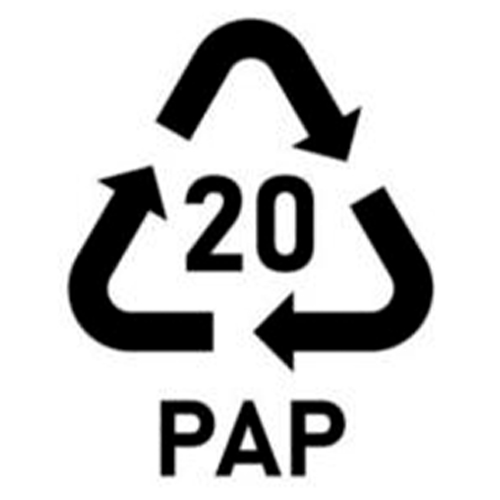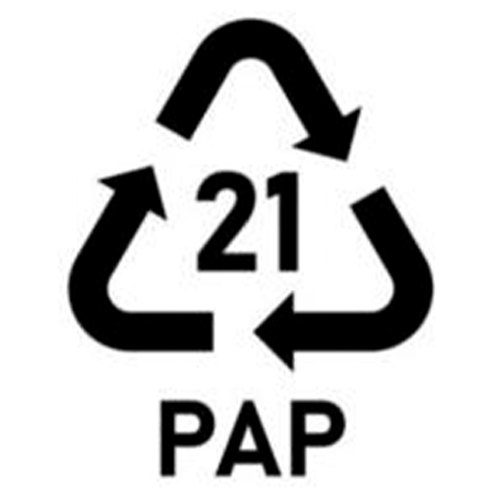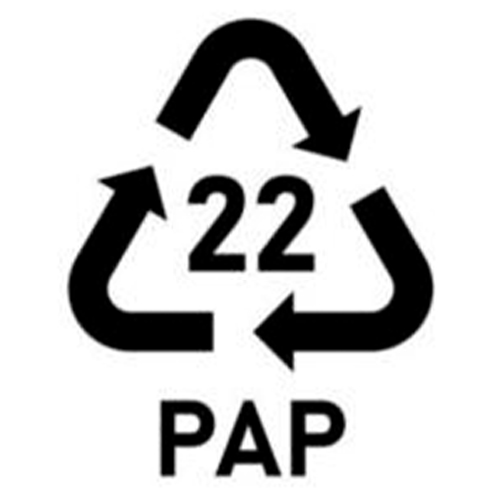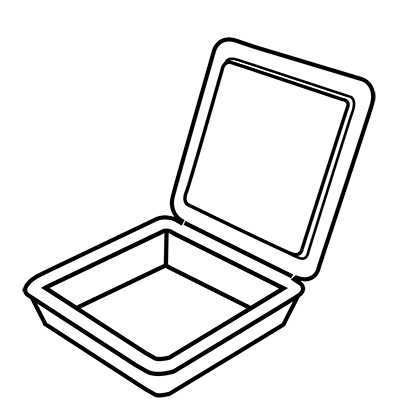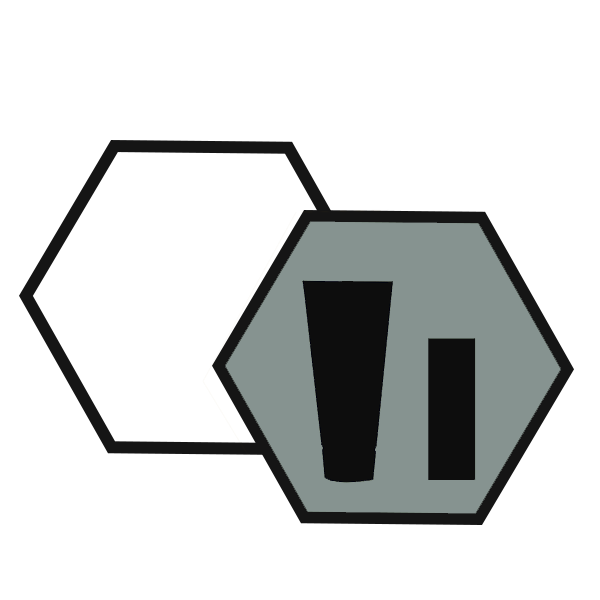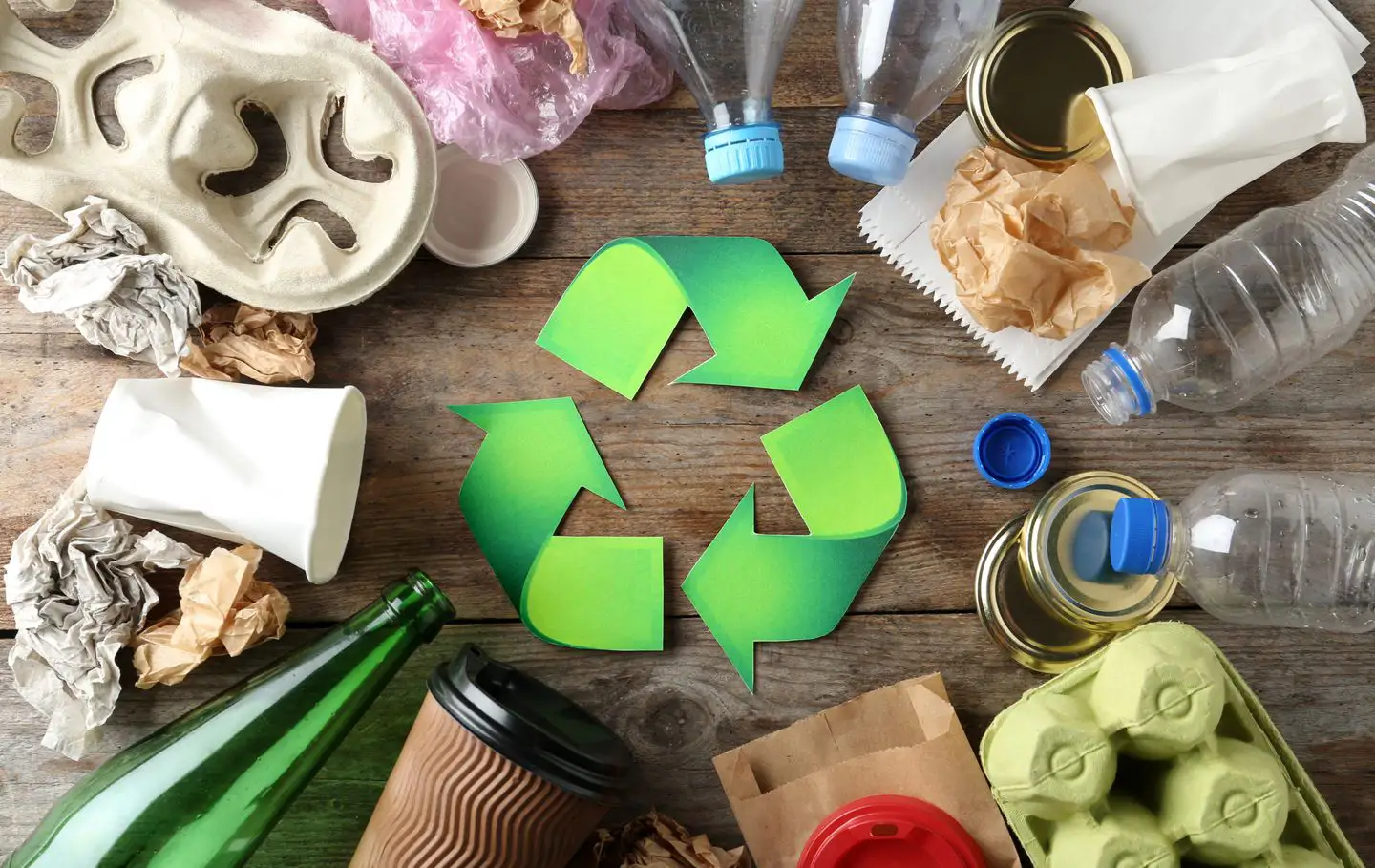
The recycling symbol is familiar to most people – three small arrows connecting to form a triangular pattern, indicating the material can be recycled and reused. However, many people don’t realize that the numbers inside these triangles represent different materials and indicate what the packaging is primarily made of.
Recycling Symbol
This arrow symbol indicates that the product or its packaging is made from renewable materials, which benefits the environment and protects the planet. Using more recyclable and renewable products reduces consumption of Earth’s resources. Symbols vary by country — Japanese and Korean products often use square symbols, while European and American products typically use triangular ones, but all feature circulating arrows.
#1 PET
Commonly used for beverage bottles and mineral water bottles. Heat resistance is 70°C, and it can deform when containing hot liquids or when heated, potentially releasing harmful substances. Some people reuse mineral water bottles for drinks or tea, which is unhealthy.
#2 HDPE
Commonly used for cooking oil, shower gel, and detergent bottles, with a waxy feel. These can be reused for other products after thorough cleaning. Without proper cleaning, bacteria can easily grow.
#3 PVC
Due to its low cost, PVC is widely used in products like pipes and raincoats. However, it has poor heat resistance, and toxic substances can leach out when exposed to high temperatures and oils, so it’s rarely used for food packaging. If used, please avoid heating.
#4 LDPE
Used for plastic wrap, bags, etc. It melts at temperatures above 110°C, and oils can cause toxic substances to leach out from plastic wrap. Therefore, plastic wrap should not be used in ovens.
#5 PP
Often used for soy milk bottles, yogurt bottles, and juice bottles. It can withstand temperatures up to 167°C and is the only plastic container that can be safely used in microwave ovens. It can be reused repeatedly after cleaning.
#6 PS
Used to make building materials, toys, stationery, instant noodle bowls, and disposable tableware. It can only hold warm drinks, not scalding food, and should not contain strong acids (like orange juice) or alkaline substances. It especially should not be placed in microwave ovens.
#7 OTHER
Used to make baby bottles, travel mugs, etc., and is a controversial plastic material. Theoretically, if completely transformed during manufacturing, these plastic products won’t release harmful substances. However, if transformation is incomplete, harmful substances may be released when heated. Therefore, please do not heat or expose to direct sunlight when using.
PAP 20 (Corrugated Cardboard)
Used for shipping boxes and packaging boxes, made of multiple layers of cardboard with a wavy corrugated layer, providing a sturdy structure with cushioning properties. Can be recycled to manufacture new paper products. Before recycling, please remove non-paper attachments like tape and plastic film, and avoid food or oil contamination.
PAP 21 (Non-Corrugated Cardboard)
Common in gift boxes, shoe boxes, and cosmetic packaging, with a smoother, stiffer surface, often printed or laminated. Recyclable, but surface treatments may affect recycling efficiency. When recycling, separate plastic windows and metal decorations. Can be made into new paper products after recycling, though fiber quality may decrease.
PAP 22 (Paper)
Applicable to regular paper such as printing paper, envelopes, magazines, and books. Can be recycled multiple times, saving water and energy with each recycling. Avoid oil stains and food contamination when recycling. Colored printed paper, thermal paper, and specially coated paper may contain chemicals affecting recycling. Recommended to be collected separately from other types of paper.
Are you looking for more recyclable & eco-friendly packaging?
At Green Valley, we are dedicated to revolutionizing the packaging industry by offering customized solutions that not only meet your unique packaging needs but also prioritize environmental sustainability. Our team of skilled designers works tirelessly to craft captivating and innovative sustainable packaging solutions that not only elevate your brand image but also align seamlessly with your environmental values.
Why Choose Green Valley for Custom Sustainable Packaging?
✔ Eco-Friendly Materials — Biodegradable paperboard, recycled content, sustainable alternatives, and FSC-certified materials that reduce environmental impact
✔ Sustainable Design & Innovation — Unique structural solutions that minimize waste, optimize material usage, and incorporate green technologies while maintaining visual appeal
✔ Brand Sustainability Enhancement — Eco-conscious printing techniques using soy-based inks, water-based coatings, and environmentally responsible finishing methods
✔ Premium Eco-Luxury Balance — Environmentally responsible packaging that doesn’t compromise on sophistication, combining elegance with planet-friendly practices
✔ Complete Green Solution — Comprehensive sustainable service from eco-conscious design through environmentally responsible production and carbon-conscious logistics
✔ Certified Environmental Commitment — Backed by FSC, FDA, and BSCI certifications, ensuring your packaging meets global sustainability standards
[Contact Green Valley Today] for bespoke samples and a consultation on your sustainable packaging solution!




